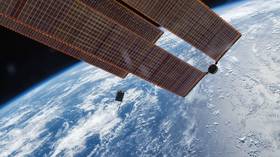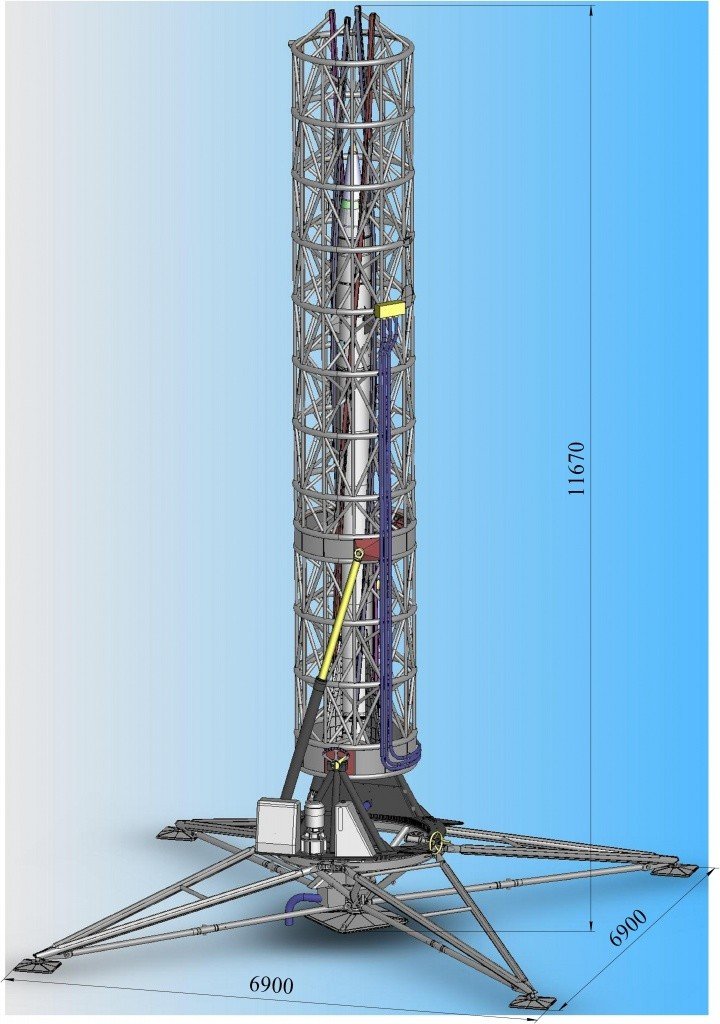Russian firm eyes nascent microsatellite launch market with modified sounding rocket

A Russian company specializing in the study of the atmosphere wants to upgrade its sounding rocket and turn it into an expandable launch vehicle for small satellites that cannot wait for a larger rocket to go into orbit.
Nano and micro satellites have become popular platforms for all sorts of space applications. As long as the contractor doesn’t expect the spacecraft to change orbit or operate for many years, fitting whatever equipment he or she wants to get into space on a standard CubeSat chassis may be the cheapest solution.
There is, however, a catch – space launches are done for the sake of bigger and more expensive satellites, and the smaller ones are relegated to the status of extra payload, so the time of launch and the exact orbit characteristics are dictated to them. So, there is a budding market for small satellites whose owners want to determine when and how exactly their product gets into space.
Also on rt.com Israel aims to join space superpowers club with $100mn privately-funded Moon probeSeveral small “super light lift” rockets currently in development are targeting this niche, like the US-made Vector-R or the Chinese Zhuque-1. Russian company RPA Typhoon hopes to join the race with its own launch vehicle, which it wants to develop from an existing sounding rocket.
Typhoon, a veteran researcher of the atmosphere, has a launch system called MR-30 intended to shoot scientific probes of up to 150kg to an altitude of up to 300km. The rocket doing the job is just eight meters long and weighs 1,564kg, while its launch pad is basically a still truss structure with four foldable feet and some piping. It means the launch can be organized in the middle of nowhere – as long as the expended rocket doesn’t fall on someone’s head.

The system is relatively new – the maiden flight happened in 2015 near the village of Tiksi in Russia’s Far East, where an Arctic weather observatory is located. The project itself originates in the Soviet sounding rocket program.
The company wants to upgrade the MN-300 rocket by replacing the probe – a sturdy device that can withstand a ballistic flight in the upper atmosphere while taking measurements – with a second stage, which would protect the payload and bring it to the same altitude of 250 to 300km, Typhoon rocketry lab head Anatoly Poznin told Izvestia. It will be able to place up to 15kg into low-Earth orbit, while retaining the flexibility of launch. The company says the launch system will be shipped in a standard transport container and will require three hours for deployment in the chosen site.
The drawback of this tailored approach is the relatively high price. Typhoon aims at a US$60,000-per-kilo price tag, which is about twice as high as the cost of getting your microsatellite as secondary payload on a larger rocket. But the company says the niche will be there for their product.
Like this story? Share it with a friend!













